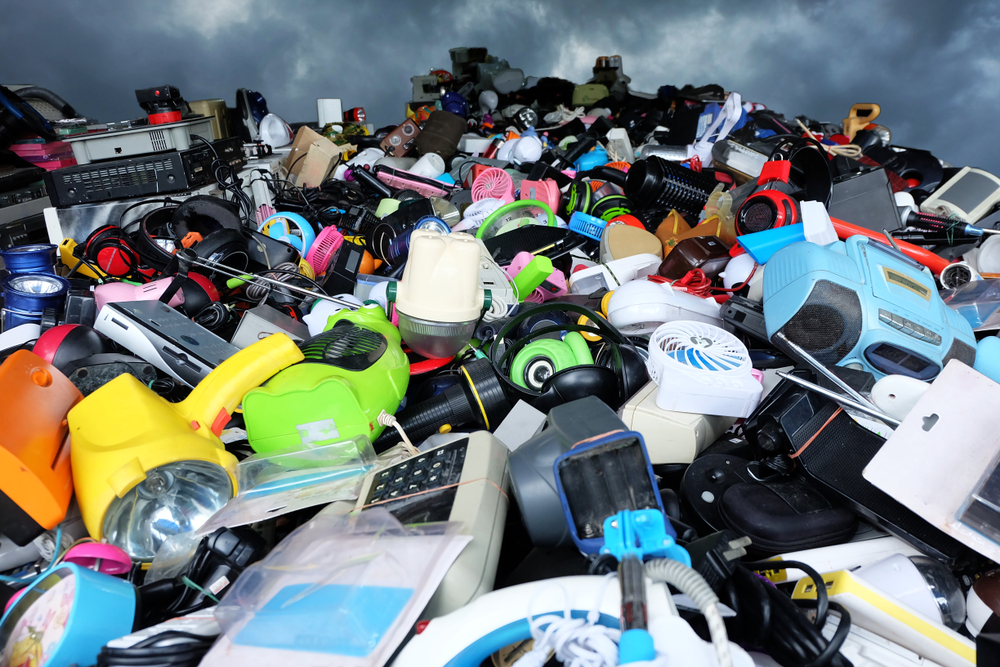Introduction
E-waste, or electronic waste, includes discarded electronic devices like computers, televisions, and smartphones. As the demand for electronics grows, so does the amount of e-waste. Recycling e-waste is crucial for recovering valuable materials and reducing landfill use, but it comes with significant dangers that need addressing.
Types of E-Waste
E-waste encompasses various electronic devices. Batteries, circuit boards, and Cathode Ray Tubes (CRTs) are common examples. Each type contains hazardous materials that pose risks during recycling.
Hazardous Materials in E-Waste
E-waste contains lead, mercury, and cadmium, among other toxic chemicals. Lead can damage the nervous system, mercury is harmful to aquatic life and humans, and cadmium is carcinogenic. Proper handling is essential to mitigate these dangers.
Environmental Impact
Recycling e-waste improperly leads to soil contamination, water pollution, and air pollution. These pollutants can cause long-term damage to ecosystems, making it crucial to handle e-waste responsibly.
Health Risks
Direct exposure to toxic chemicals in e-waste can cause severe health issues, including respiratory problems and neurological damage. Long-term exposure increases the risk of cancer and other chronic illnesses, particularly in communities near recycling facilities.
Pollution from E-Waste
Air pollution from burning e-waste and water contamination from leaching chemicals pose significant environmental threats. These pollutants affect both local ecosystems and global environmental health.
Occupational Hazards
Workers in e-waste recycling, especially in informal sectors, face severe health risks due to inadequate safety measures. These include respiratory issues, skin disorders, and increased cancer risk.
Informal Recycling Processes
Informal recycling is prevalent in many developing countries, where safety regulations are lax. This leads to severe health and environmental consequences, as hazardous materials are handled improperly.
Waste Management Challenges
Current e-waste management systems are often inefficient. Developing countries, in particular, lack the necessary infrastructure to manage e-waste safely, leading to environmental and health hazards.
Regulatory Compliance
Effective e-waste legislation exists but is challenging to implement. Ensuring compliance is critical to mitigate the dangers associated with e-waste recycling.
Data Security Issues
Improper disposal of electronic devices can lead to data theft. Ensuring secure disposal methods is vital to protect sensitive information.
Impact on Developing Countries
Developing countries bear a disproportionate burden of e-waste. They face severe health and environmental impacts due to inadequate waste management infrastructure.
Urban Mining
Urban mining, the process of reclaiming raw materials from e-waste, has benefits but also poses risks. Proper safety measures and technologies are necessary to minimize hazards.
Recovery Processes
Effective recovery methods, including mechanical and chemical processes, can reduce the risks associated with e-waste recycling. However, these methods must be improved continuously to ensure safety.
Safe Disposal Methods
Adopting safe disposal methods, such as certified e-waste recycling programs, can significantly reduce environmental and health risks. Public awareness and participation are crucial for success.
Ethical Considerations
Ethical implications of e-waste disposal include corporate responsibility and consumer awareness. Companies must adopt sustainable practices, and consumers should make informed choices.
Resource Recovery
Recovering precious metals from e-waste is economically and environmentally beneficial. Advanced recovery methods can improve the efficiency and safety of this process.
Eco-Friendly Alternatives
Sustainable manufacturing practices and innovations in e-waste reduction can mitigate the dangers of e-waste. Consumers play a vital role by choosing eco-friendly products.
Conclusion
Recycling e-waste is essential but fraught with dangers. Addressing these risks requires coordinated efforts from governments, industries, and consumers. Improved practices and innovations can pave the way for safer and more sustainable e-waste management.

Leave a Reply